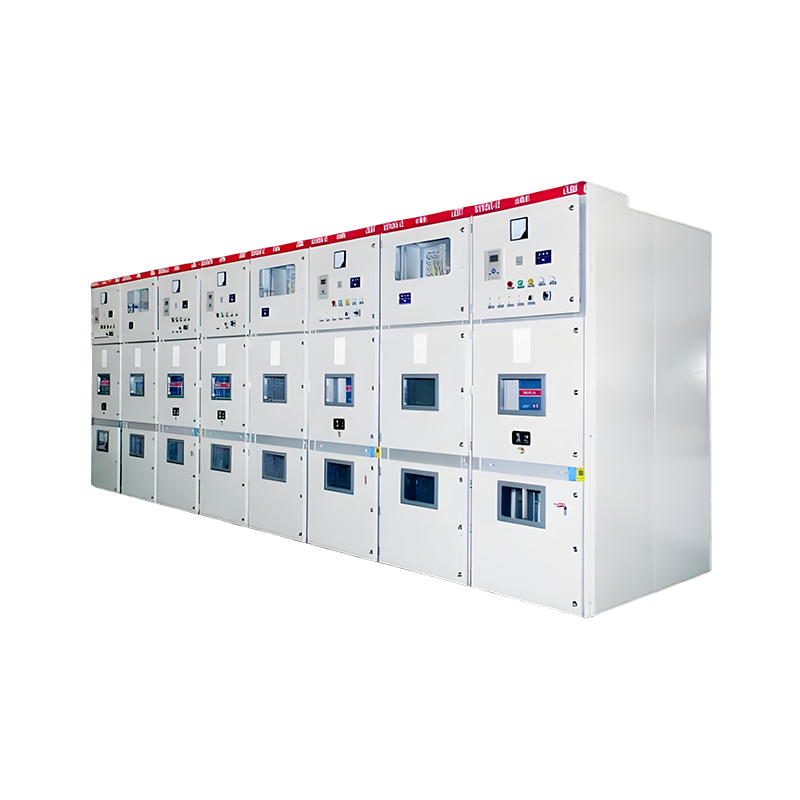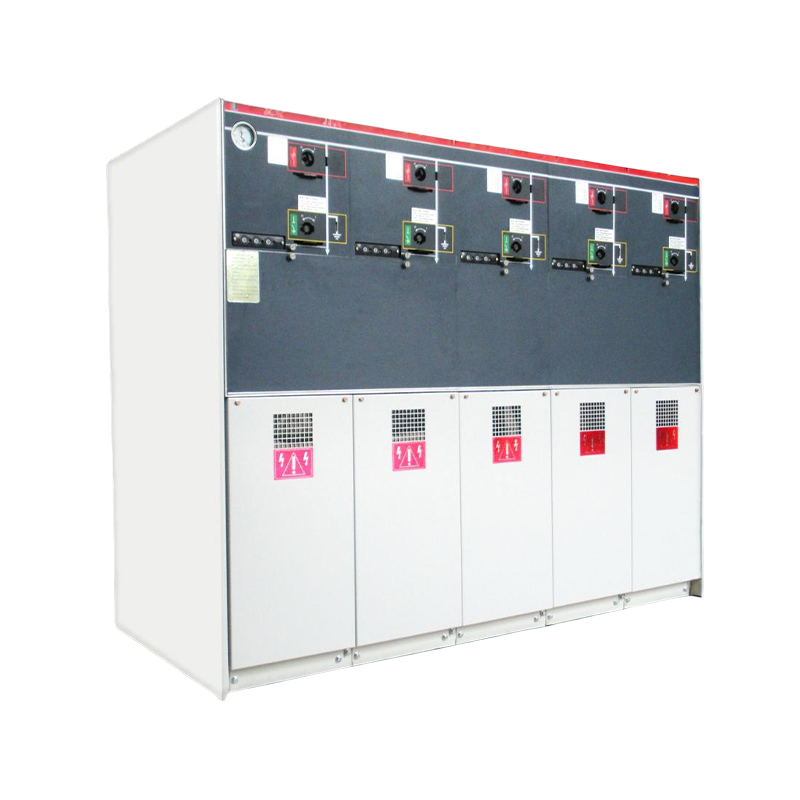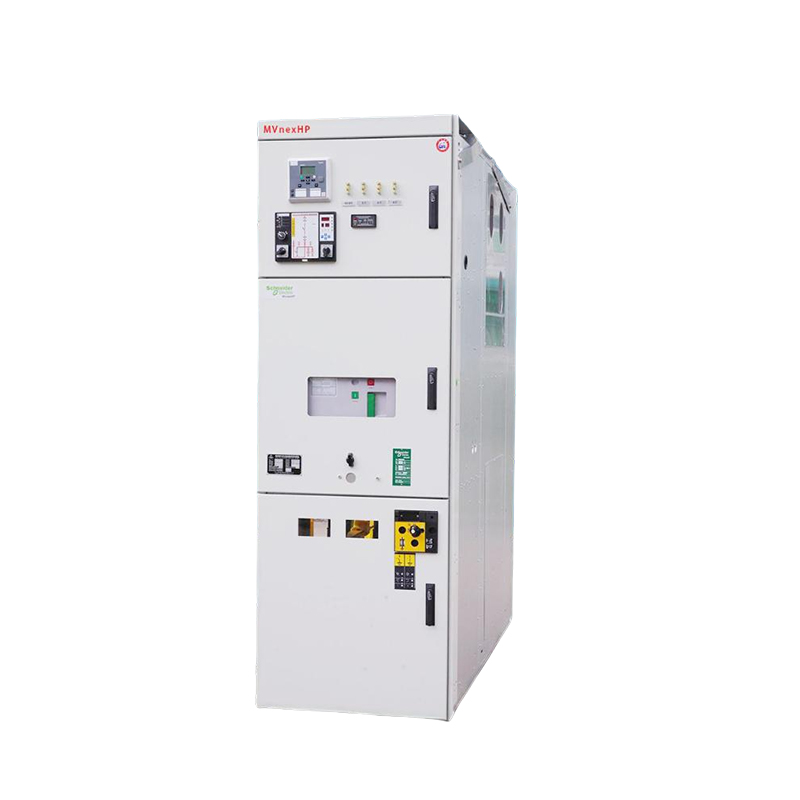How can power quality be optimized in low-voltage power distribution systems with photovoltaic box-type substations?
Release Time : 2025-10-30
As a core component of power distribution, the low-voltage distribution system of a photovoltaic box-type substation requires comprehensive measures across multiple dimensions for power quality optimization, including harmonic suppression, reactive power compensation, voltage regulation, equipment selection, intelligent monitoring, and system design, to ensure power supply stability and efficiency.
Harmonic suppression is the primary task in optimizing a photovoltaic box-type substation's low-voltage distribution system. In photovoltaic power generation systems, inverters and other power electronic devices generate numerous harmonics during operation, leading to voltage waveform distortion, equipment overheating, and even damage. By configuring harmonic filters on the low-voltage side, specific frequency harmonics can be effectively filtered, reducing pollution to the power grid. Simultaneously, using grid-connected inverters with harmonic compensation capabilities, through group control technology or comprehensive compensation control strategies, can actively suppress harmonics and improve power purity.
Reactive power compensation is crucial for maintaining voltage stability. The intermittent nature of photovoltaic power generation can cause reactive power fluctuations in the low-voltage distribution system, leading to voltage deviations. Installing dynamic reactive power compensation devices, such as SVG (Static Var Generator) or smart capacitor banks, on the low-voltage side allows for rapid adjustment of reactive power output based on real-time load demand, balancing the system power factor. Combined with the power factor regulation function of photovoltaic inverters, this forms a hierarchical compensation system, reducing line losses and suppressing voltage fluctuations.
Voltage regulation must consider both static and dynamic requirements. Low-voltage distribution systems with photovoltaic box-type substations often face challenges such as sudden changes in sunlight and load fluctuations, causing instantaneous voltage deviations from rated values. By configuring on-load tap-changing transformers, tiered voltage adjustment can be achieved on the high-voltage side; on the low-voltage side, automatic voltage regulators (AVRs) or distributed voltage regulators are used for fine-tuning based on local load changes. Furthermore, the low-voltage ride-through capability of photovoltaic inverters provides voltage support during grid faults, preventing system collapse.
Equipment selection directly impacts the foundation of power quality. In low-voltage distribution systems, circuit breakers, contactors, and other switching equipment must have high short-circuit breaking capacity and low contact resistance to reduce operational overvoltages and temperature rise. Cable selection should match the load current to avoid insulation aging due to overload; simultaneously, using shielded cables can reduce electromagnetic interference. Transformers, as core equipment, require low-loss, low-noise, energy-saving products, and optimized winding structures should reduce leakage flux and additional losses.
Intelligent monitoring systems are key to achieving dynamic optimization of power quality. By deploying multi-functional power meters, sensors, and other equipment, parameters such as voltage, current, harmonics, and power factor are collected in real time and uploaded to the monitoring platform. Using big data analytics, abnormal power quality patterns can be identified, providing early warnings of potential risks. For example, when harmonic content exceeds standards, the system automatically triggers filter activation; when voltage fluctuations are excessive, the reactive power compensation device output is adjusted. This closed-loop control mechanism significantly improves system response speed and adjustment accuracy.
System design needs to optimize the power distribution path from an overall layout perspective. Low-voltage distribution systems with photovoltaic box-type substations should adopt ring or segmented wiring methods to reduce the impact range of single-point faults. By rationally dividing power supply areas, photovoltaic power generation units are connected to load centers nearby, reducing line impedance and losses. Meanwhile, expansion interfaces are reserved to accommodate future growth in photovoltaic installed capacity and prevent power quality degradation due to system overload.
From distributed photovoltaic power stations to large-scale ground-mounted photovoltaic projects, the optimization of low-voltage distribution systems for photovoltaic box-type substations consistently revolves around improving power supply reliability, reducing losses, and minimizing pollution. Through the synergistic application of technologies such as harmonic suppression, reactive power compensation, and voltage regulation, combined with intelligent monitoring and scientific design, an efficient, clean, and stable low-voltage distribution network can be constructed, providing solid support for the large-scale application of photovoltaic power generation.







